DualX
Junior Member level 1

Really need help on meeting the specifications on my circuit, the specs to meet are >1kV gain(60db), phase margin of 40-80degree and bandwidth of 35Mhz. The biggest problem is still getting the bandwidth and PM, as for the gain i've managed to get above 1kV. Please help me! Would really appreciate any help!! Thanks in advance!
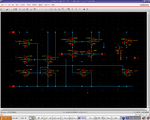
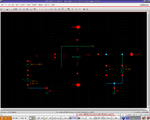
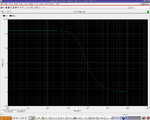
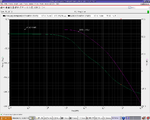
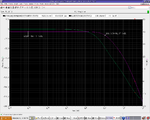





Last edited:




